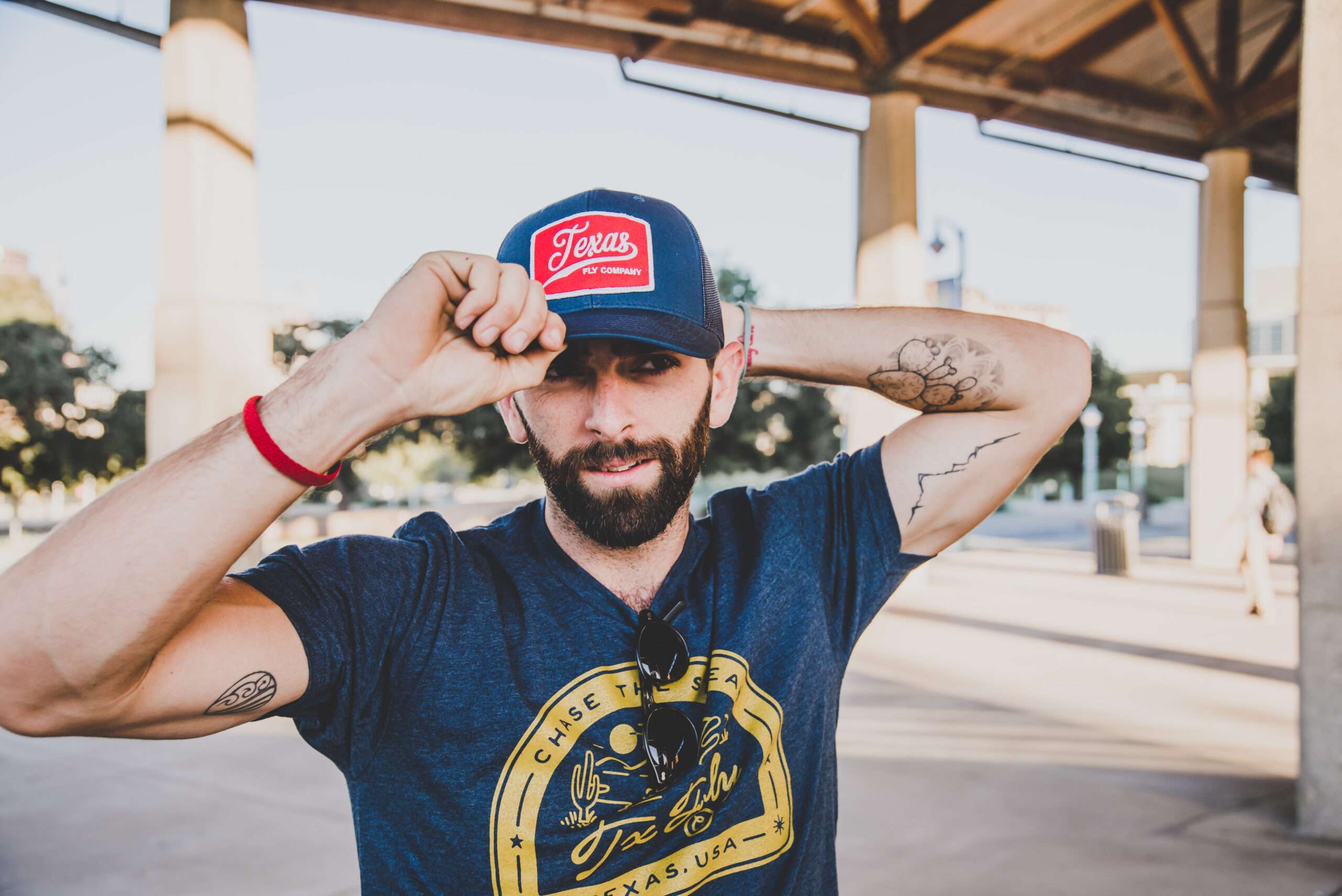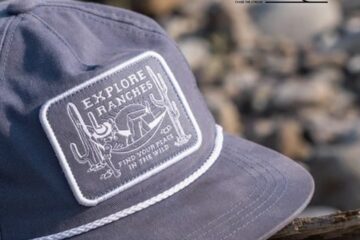Cap Fit Differently from Another? Understanding the Differences
When it comes to caps, finding the perfect fit can feel like a journey. You may have a favorite cap that fits just right, but then find others that don’t sit as comfortably. This discrepancy isn’t by accident; it’s influenced by a variety of factors. Let’s dive into what makes one cap fit differently than another and how you can use these insights to choose the best cap for your needs.
The Role of Materials in Cap Fit and Comfort
Materials are one of the biggest determinants of how a cap fit differently. Different fabrics have varying levels of flexibility, breathability, and durability, all of which impact comfort and fit. Here’s how some of the most common materials affect the way a cap feels:
- Cotton: Known for its softness and flexibility, cotton caps tend to adjust to the shape of your head over time, offering a snug yet comfortable fit.
- Polyester: Durable and often moisture-wicking, polyester caps are commonly used in sportswear. However, they may have less give than cotton, meaning they fit differently and often feel more structured.
- Wool: Warm and slightly stretchy, wool caps are ideal for cold weather but can feel tighter or looser depending on the specific weave and thickness.
Quality brands like TX Headwear use high-grade materials that combine durability and comfort, making their caps a great choice for people who need a balance of style and performance.
How Cap Design Affects Fit
Each cap style offers a unique fit due to its specific design features. From the height of the crown to the curve of the visor, these details shape the overall look and feel of a cap.
Crown Height and Cap Depth
The crown of a cap refers to the height and depth of the front panel. Caps with high crowns, like some trucker or snapback caps, sit higher on the head, creating a more pronounced and roomy fit. In contrast, low-profile caps have a shorter crown and sit closer to the head, creating a snug fit. Choosing between a high or low crown depends largely on personal style and comfort preferences. For example:
- High Crown: Gives more room, better suited for those who prefer a looser fit or have a larger head shape.
- Low Profile: Fits closer to the head, ideal for a sleek, snug look.
Visor Style and Brim Curve
The curve of the visor also impacts the fit and style. Curved visors, commonly found on baseball caps, follow the natural curve of the forehead and can provide a more secure feel. Flat brims, often seen on snapbacks, offer a modern, urban look but might sit differently, especially on narrower faces.
Structured vs. Unstructured Caps
Structured caps come with reinforced front panels, helping the cap maintain its shape even when not worn. This design offers a more defined, boxy look, ideal for those who want their cap to stand out. In contrast, unstructured caps have softer panels that conform more naturally to the shape of the head. They’re ideal for those who prefer a more casual, relaxed fit.
Sizing Options: Adjustable Caps vs. Fitted Caps
Another key factor in how caps fit is sizing. Not all caps are designed with the same sizing options, and understanding the differences can help you find the most comfortable choice.
Adjustable Caps
Adjustable caps are popular because they offer flexibility in fit. Commonly seen in TX Headwear’s outdoor caps, adjustable caps have mechanisms like snapbacks, velcro straps, or buckle straps, allowing users to modify the cap’s size to match their head. These caps are excellent for shared use or for people whose head size changes with different hairstyles.
Fitted Caps
Fitted caps offer a single size tailored to specific head measurements. They’re known for their sleek, custom look and tend to be more comfortable for extended wear since they conform closely to the head shape. While they require precise sizing, fitted caps are ideal for those looking for a cap that offers a snug, consistent fit without adjustment.
Why Head Shape and Size Matter
Individual head shapes and sizes play a large role in how a cap fits. For instance, people with rounder head shapes might find that caps with a higher crown fit better, while those with narrower faces may feel more comfortable with a low-profile cap. Additionally, people with larger or smaller head circumferences should consider the sizing options in relation to cap style, as a structured cap might feel tight on a larger head, whereas an unstructured cap would be more forgiving.
To ensure a great fit, brands like TX Headwear focus on providing a range of styles and adjustable options, allowing each person to find a cap that complements their unique head shape.




